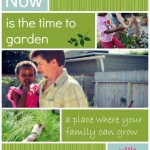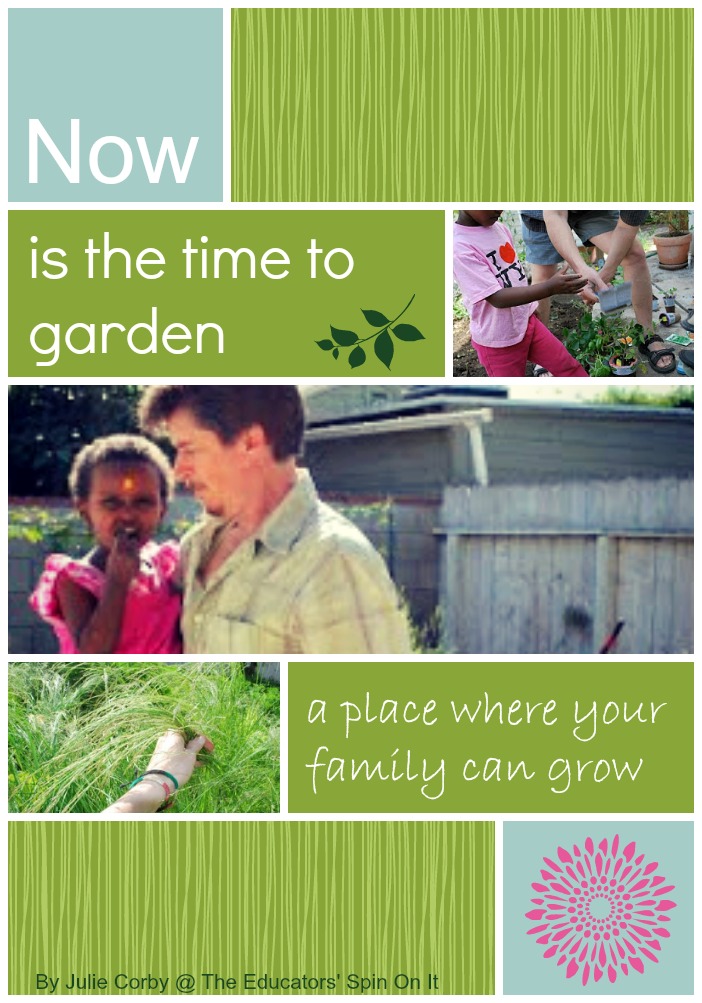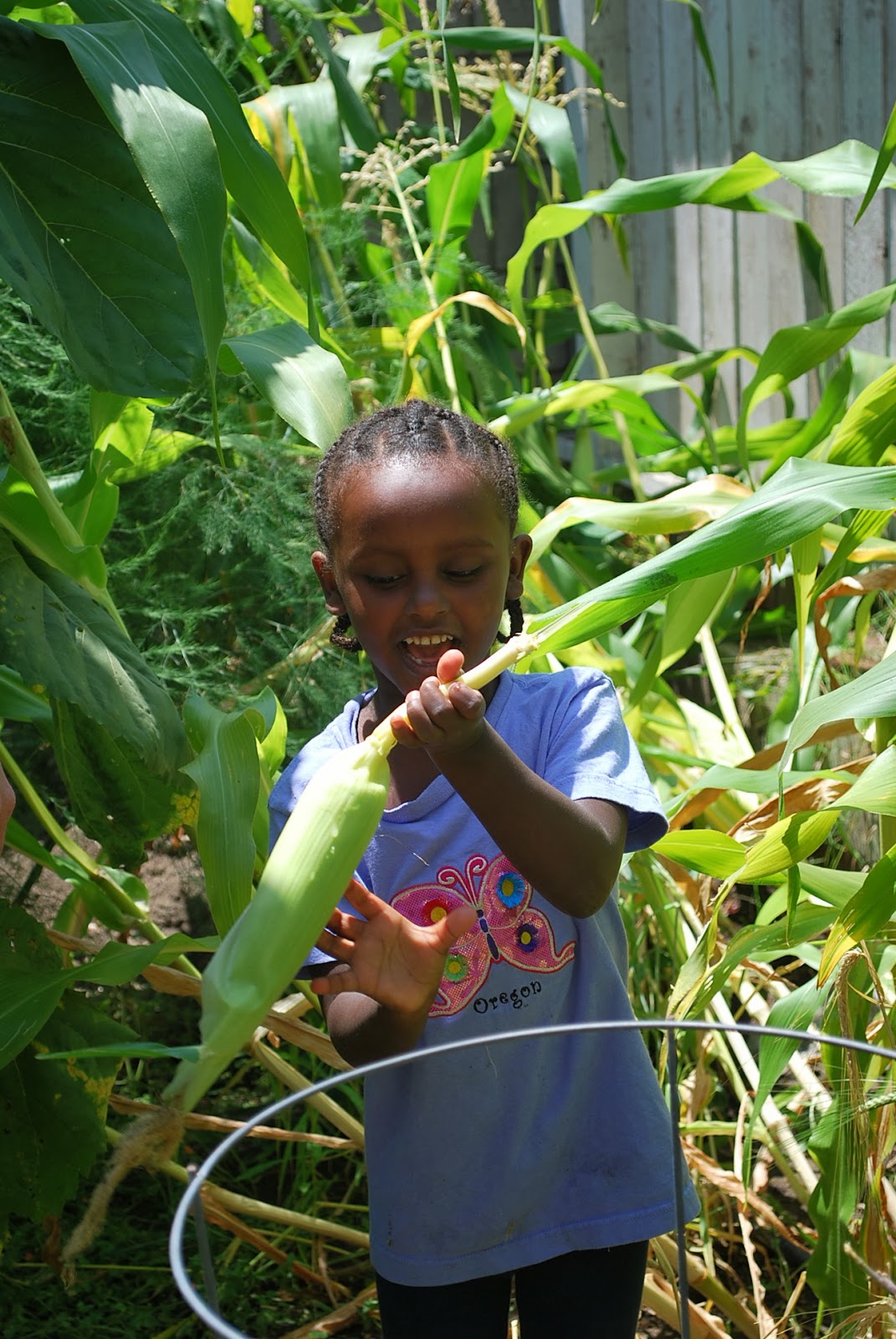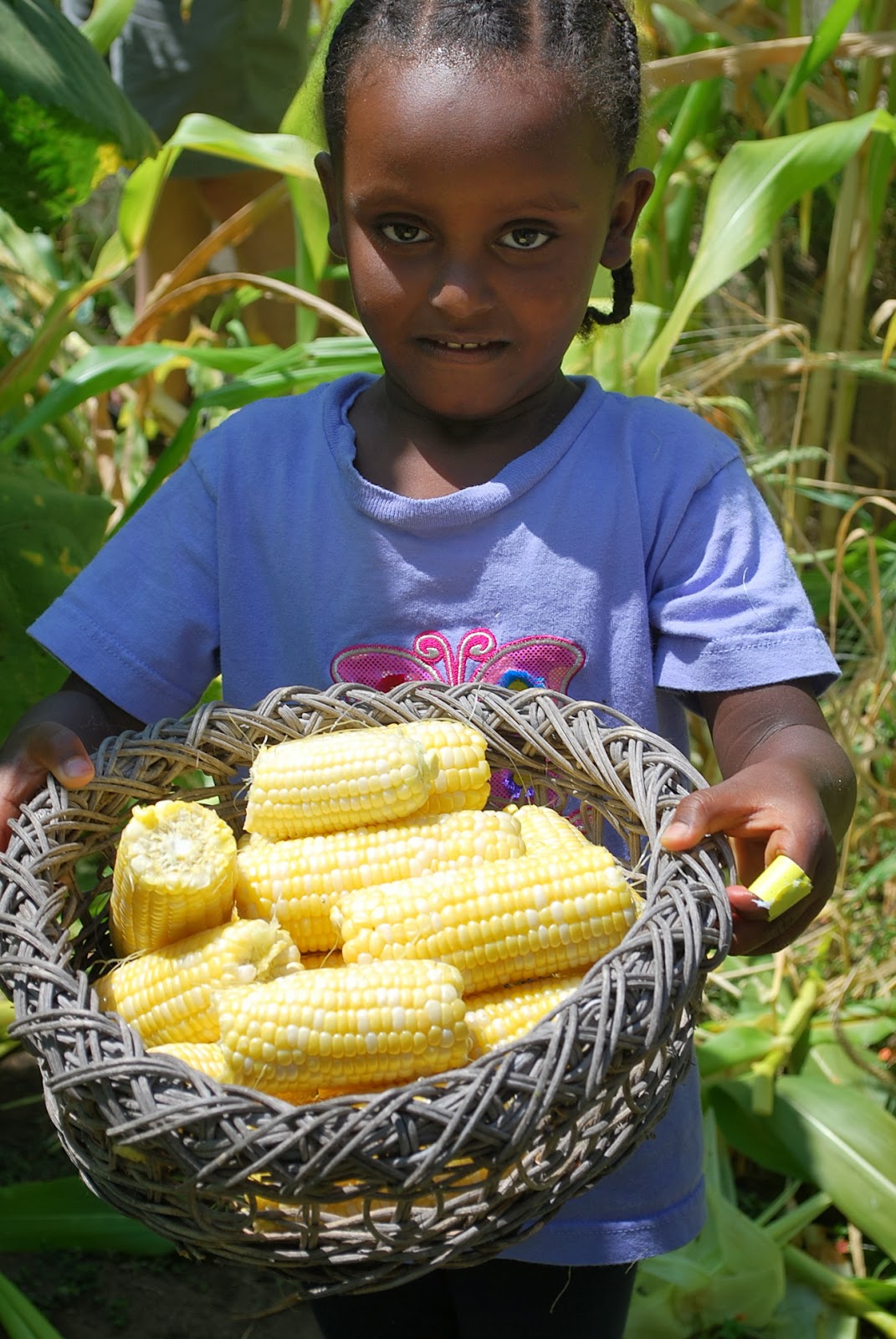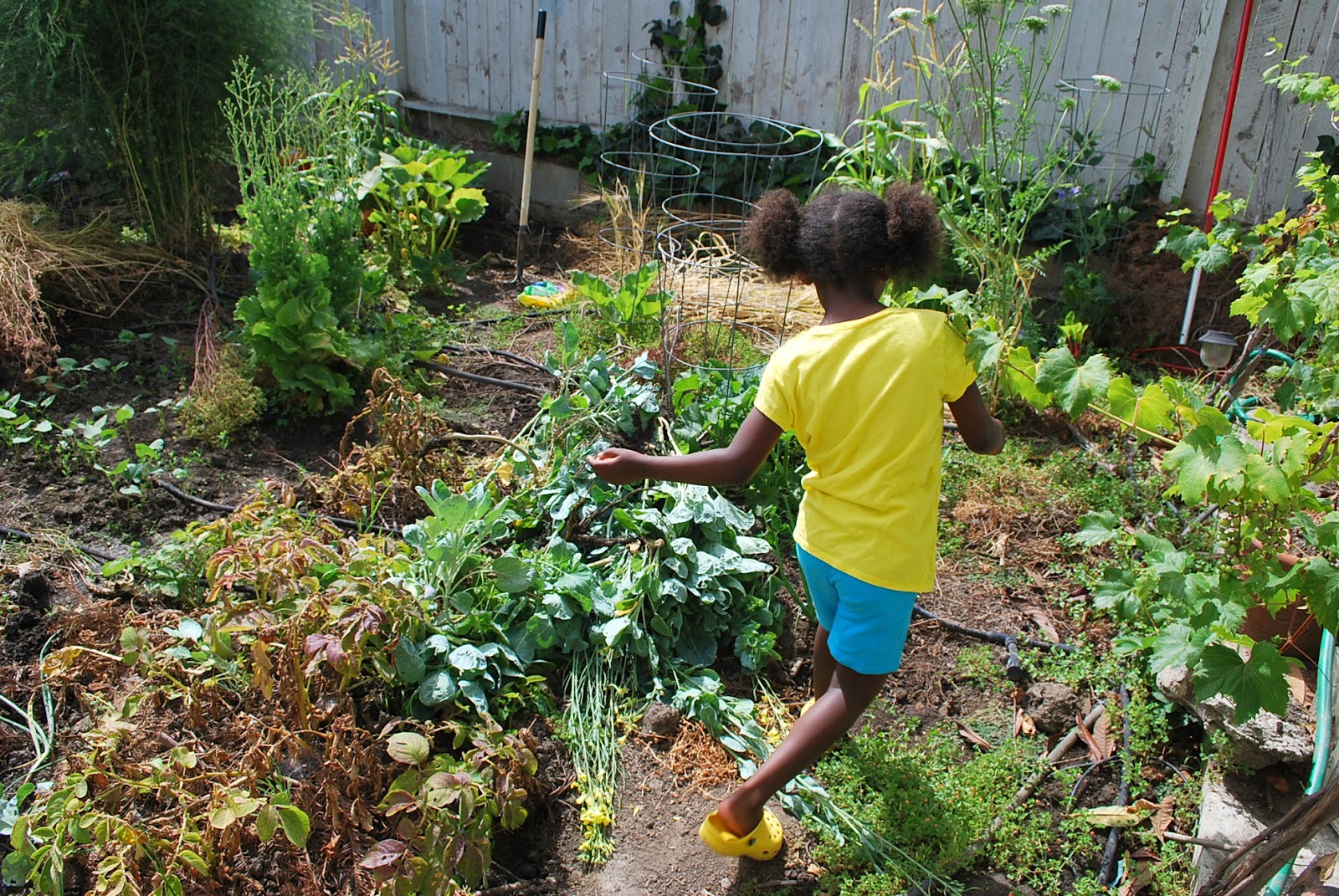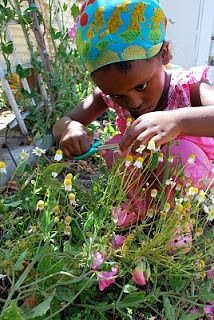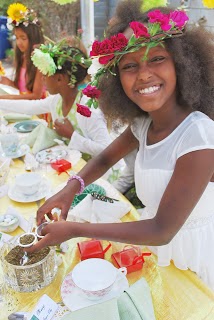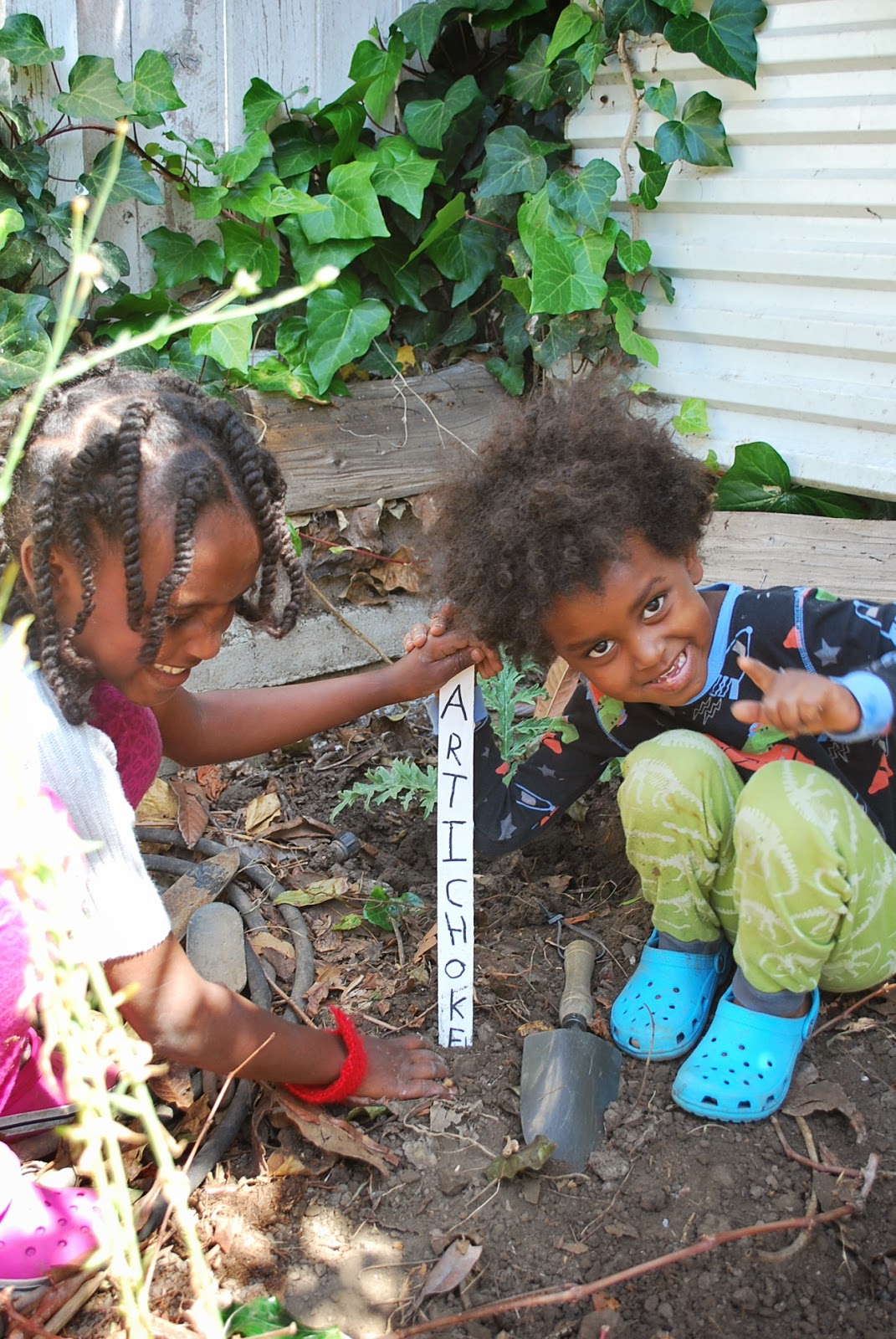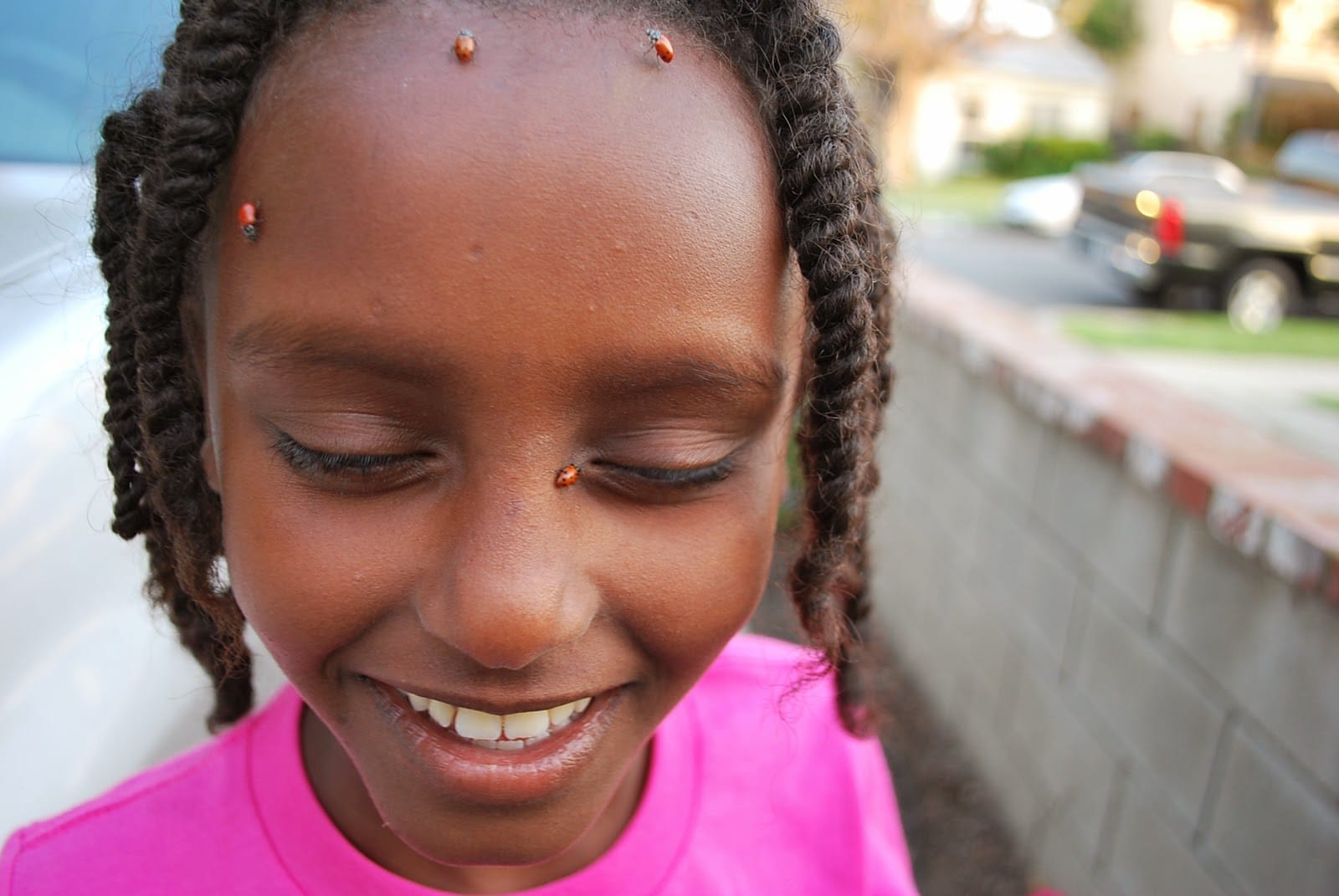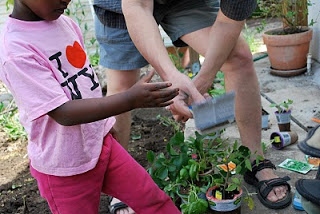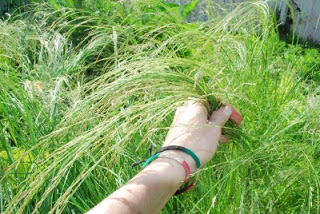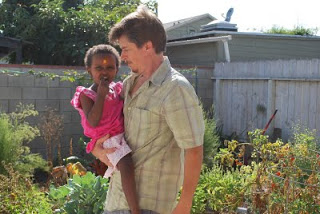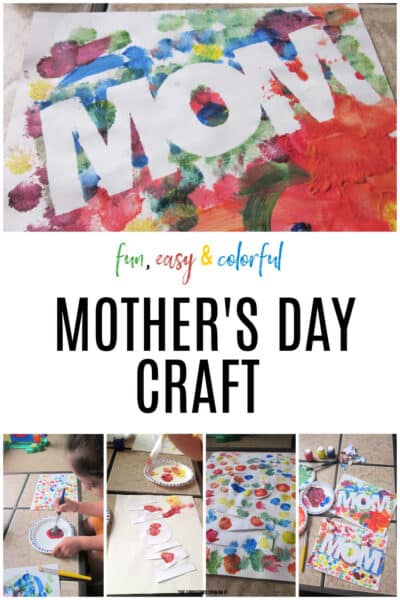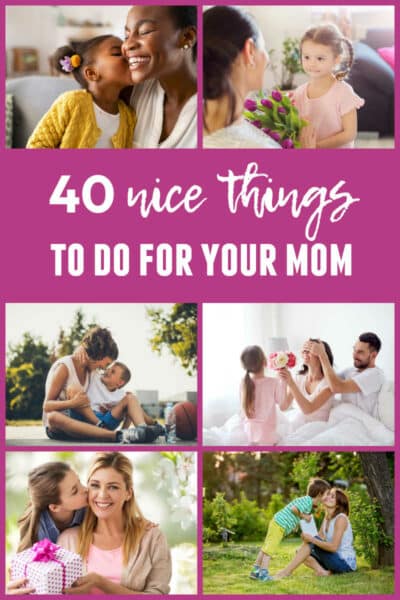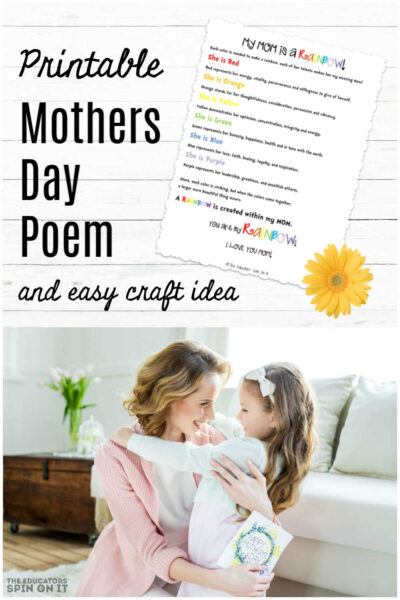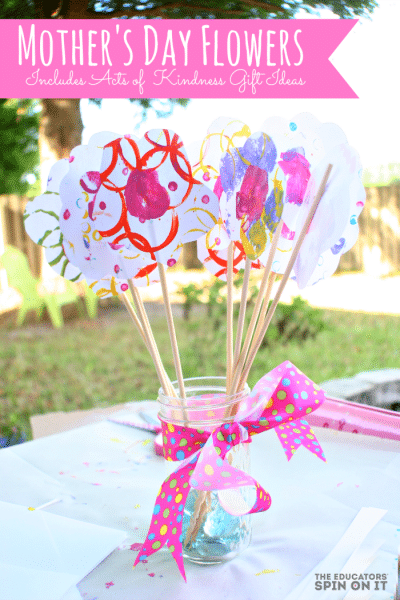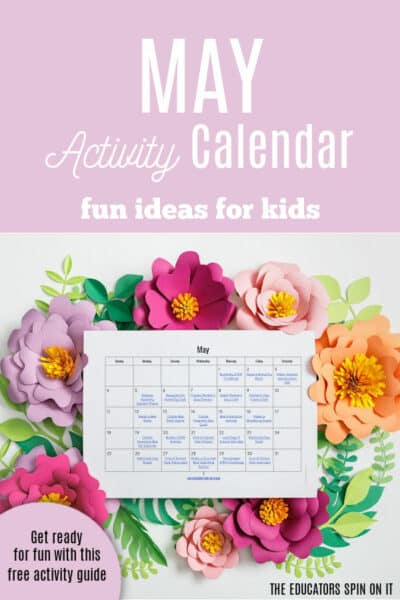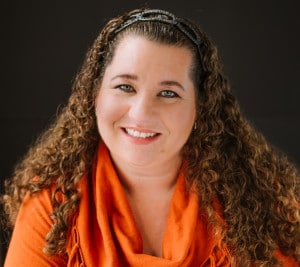Gardening is more than learning about growing your own food, it is about connecting with the people you love in a meaningful way.
Talented writer, Julie Corby is our guest for Kids in the Garden; Learning and Growing. When you read this article, you will realize what a beautiful person she is, inside and out. I get lost in her writing at InCulture Parent and am continuously amazed at her purposeful parenting.
Our gardens are bursting with potential; it will be up to us whether or not to decide to harvest this. As Julie writes, “Start small. Start simple. Connect.”
Growing A Family-Connecting with your kids and community.
by Julie Corby, InCulture Parent
In 2006 my husband Steven and I bought a tiny house, two miles east of the Pacific Ocean on the westside of Los Angeles. For seven years prior to that we had being trying unsuccessfully to build a family. After so many years of heartbreaking losses, we finally came to our senses and started the adoption process. We settled into the long wait for two Ethiopian siblings.
“A garden. These kids are going to need a garden.” Steven said. Jackhammer in hand he began to destroy the grey concrete patch in our back yard.
Steven worked on this project for months. It was much more difficult than he imagined. The concrete was about twelve inches thick. It was all meshed together by rusty wire underneath. When he finally made it through the concrete to the dirt, he found that the dirt was made up of more concrete. He sifted every inch of dirt through a giant contraption that he made himself. He then treated all of the dirt with gypsum.
We planted strawberries, pumpkins, peas, carrots, lettuce, grapes, tomatoes, cantaloupe, watermelon, asparagus, honeydew melon, hops, New Mexico green chilies, chamomile, broccoli, basil, cilantro, fava beans, eggplant, squash, and cucumber.
We planted Ethiopia’s main crop, tef, and we planted corn. We waited and waited to see what would come up. We waited and waited to see who our children would be.
In 2009 we met our children Meazi and Melese. Both kids have always been happiest in our garden. Meazi harvested our corn with surprising strength and dexterity. “She’s done this before” we said. And she had, coming from a family of subsistence farmers in rural Ethiopia she clearly had experience working on a farm.
We were hoping that the tef plants would be comforting to them. We had planned to harvest our tef grain and eventually cook their traditional bread, Injera. We learned that we were going to need livestock to walk across the plants to separate the tef from the plant. Cattle-less, and with uncooperative canines, the tef became more decorative than edible, and we bought some tef flour at the grocery store instead.
The next year the kids helped pick our plants.
We tried to encourage our kids to plant things that they liked to eat.
Both of my children love to be in the garden. It calms them and it grounds them. My husband works very long hours during the week. On the weekends when we all get back there, whether we are taking stock, tasting something, or just sitting together among the plants we all relax. It is a great way for us to spend time together. If we are lucky enough to have something to harvest, we make dinner.
Crop yields can be hit or miss. We had a delectable carrot soup last year. Our lettuce, however, has always too bitter.
Last year Steven built a container. This is a great way to start gardening with your kids.
The kids move easily around the wooden container, and can reach everything very easily.
This Habesha Garden has helped us become a family. It has brought us closer. It has helped my kids feel more at home. It has helped them adjust to the drastic change in landscape, just one of the many many losses they have endure.
For all of us this garden has been a place of healing. This formerly cold, dull slate is now a place of warmth, growth, and brightness. Perhaps you won’t need a garden to get to know your children, you have probably known them from the start.
Our garden has also been a way for our kids to connect with friend and their community.
Here are a couple of simple ideas to do the same.
If a whole garden seems a little too ambitious, plant a tea party…
A simple Chamomile plant can have endless opportunities to facilitate friendships and celebrations. Meazi wanted a tea party when she turned eight. We used our own Chamomile and supplemented with some other organic loose teas.
Last April the kids convinced me to throw birthday party for myself. We made it a garden party and suggested that friends bring some seeds, or a plant, in lieu of gifts. This turned out to be so fantastic as we watched “Simone’s beets” and “Ogden’s artichokes” grow and thrive.
Tending to these plants is a lovely way to think of our friends, and how lucky we are to have them in our lives.
Ogden also brought us ladybugs. Ladybugs are good for the plants as they eat aphids. Letting our kids let these creatures loose in the garden was really fun. Another easy activity to do with your kids.
Start small. Start simple. Connect.
Invite your friends to be a part of it.
Enjoy your bounty.
ABOUT: Julie Corby has written for several publications including Brain, Child and Adoptive Families. She currently writes columns for InCulture Parent and Adoption.net. Originally from the midwest, she now spends her days avoiding the Los Angeles freeways, searching for the city’s strongest cup of coffee, and most importantly looking after her two amazing children. Her blog is: http://theeyesofmyeyesareopened.blogspot.com/
Gardening with kids is a great learning opportunity to teach math, science, social studies, reading, writing and social skills. We often underestimate the power of a garden as an educational tool. Here at The Educators’ Spin On It, we strongly urge parents and teachers to PLANT A SEED with your child and watch them grow.
For 50+ gardening tips and activities to do with your children, click here.
